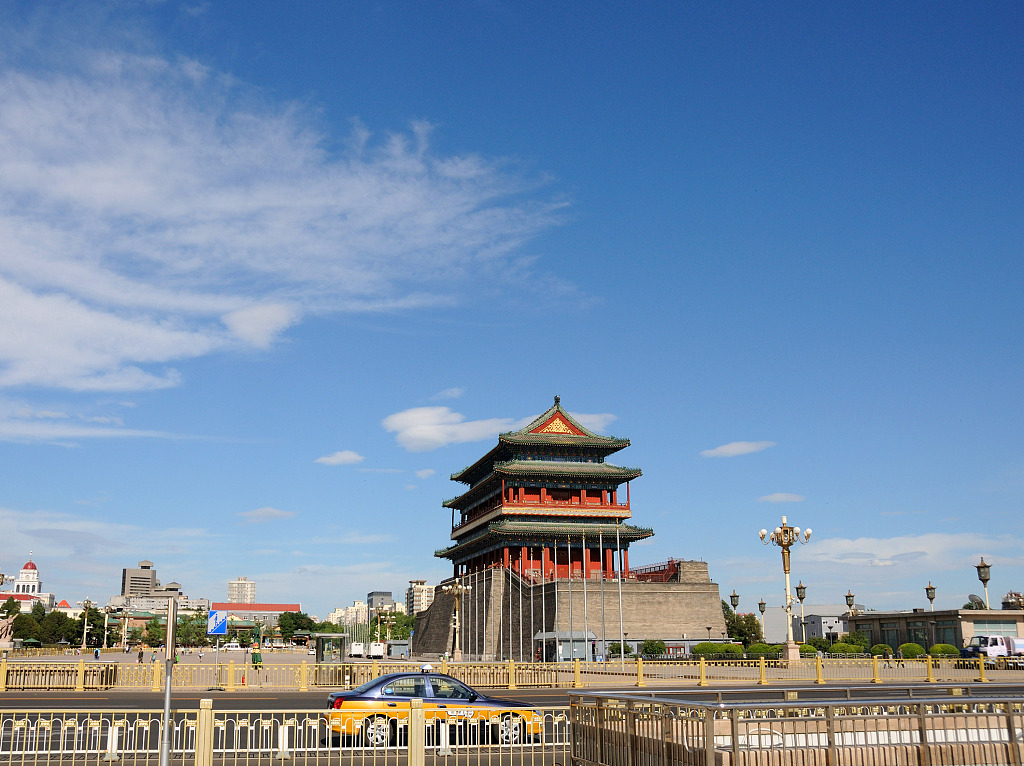The first China Air Quality Improvement Report (2013-2018) was published by the Ministry of Ecology and Environment during the 2019 World Environment Day in Hangzhou on Wednesday.

(File photo: VCG)
The report indicates that China's overall air quality has improved from 2013 to 2018. Particularly in Beijing, PM2.5 concentration went from 89.5 micrograms per cubic meter to 51 micrograms over the period, registering a decrease of 43%, and the average number of days of heavy-and-above pollution has dropped from 58 to 15 per year.
In 2013, China designated three key areas for air pollution prevention and control: the Beijing-Tianjin-Hebei region, Yangtze River Delta, and Pearl River Delta. Joint efforts at the national level have resulted in drops in PM2.5 concentration of 48% in Beijing-Tianjin-Hebei, 39% in Yangtze River Delta, and 32% in Pearl River Delta from 2013 to 2018. The average PM2.5 concentrations in the nine Pearl River Delta cities have measured up to the Secondary Ambient Air Quality Standard for four consecutive years since 2015.
The report also shows that such improvements are made despite significant gains in the economy and increases in energy consumption and civilian vehicles. The average concentrations of PM2.5 and SO2 in the first 74 cities which have implemented the Ambient Air Quality Standard have dropped by 42% and 68%, respectively.
It is also noted in the report that the annual average PM2.5 concentrations in over 60% of the cities still fall below the Ambient Air Quality Standard of 35 micrograms per cubic meter, and frequent cases of severe pollution in northern China in autumn and winter continue to pose major challenges. In order to "defend the blue sky," the report calls for united and unremitting effort.


